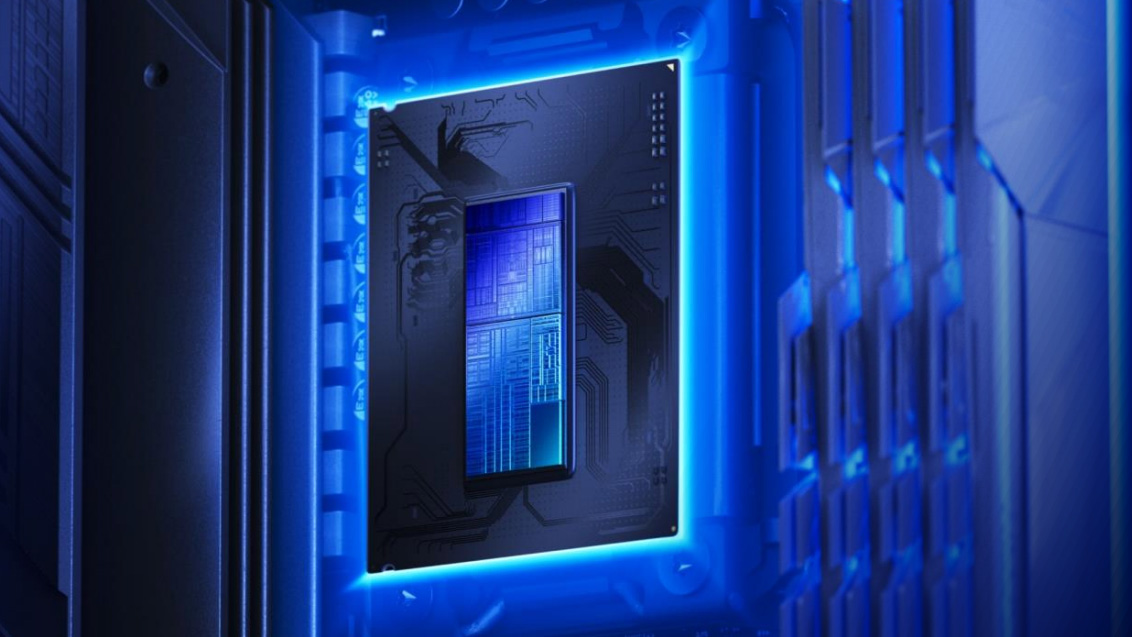- Intel’s Nova Lake S desktop processors are rumored to utilize two separate iGPU architectures
- Xe3 will reportedly be used for graphic workloads, while Xe4 will be used for media-related tasks
- It could be another sign of processors with powerful iGPUs replacing budget discrete GPUs
AMD and Intel are on the frontlines battling it out in the CPU market for mobile and desktop platforms, and Team Blue’s upcoming Nova Lake processors may offer a unique and rare architecture setup.
As reported by Wccftech, Intel’s Nova Lake S desktop processors will reportedly feature a hybrid iGPU architecture, using Xe3 for graphics and Xe4 for display and media-related tasks, according to the reliable leaker @jaykihn0 on X. The rumor suggests that Intel intends to utilize Xe3’s full potential in graphical workloads, while Xe4 could be essential for power efficiency.
It will be interesting to see whether the Nova Lake S processors will have the same effect as AMD’s Ryzen AI Max processors (which are actively making their way to desktop systems), in terms of their iGPU capabilities. Notably, the Ryzen AI Max+ 395 provides great performance at both 1080p and 1440p in games like Cyberpunk 2077.
Regardless, if this rumor is legitimate, it looks like Team Blue is taking a big stride with GPU power across the board, especially with rumors of a new Arc B770 16GB GPU. It also raises the question once again; if Nova Lake S and Panther Lake both provide great iGPU performance for desktop and mobile platforms, respectively, could we be seeing the beginning of the end for discrete GPUs?
Analysis: Maybe it’s almost the end for budget discrete GPUs…

Now, let’s pump the brakes a little here. There’s almost no way any SoC or iGPU will be able to match high-end GPUs like the RTX 4090 or RTX 5080, at least not any time soon.
However, we’ve already got AMD’s strongest APU that has surpassed the likes of the RTX 4060 and even the RTX 4070 in some gaming scenarios – so at the very least, I think budget low-end discrete GPUs are in danger.
Perhaps the only factor saving them is that they are indeed budget GPUs, but the proposition of a PC without a discrete GPU taking up space may be a tempting one for gamers.
It’s worth noting that Strix Halo APUs were reserved for laptops and other mobile platforms, but have gradually made their way to desktops, specifically present in mini-PC builds.
It’s also no secret that some of the budget GPUs like the RTX 5060 (based on reviews), aren’t good enough for consumers with their 8GB configurations – so if desktop processors, SoCs, or AMD’s APUs can continue to match or outperform them, I wouldn’t be surprised to see a decent portion of low-end discrete GPUs fade away…













Leave a comment